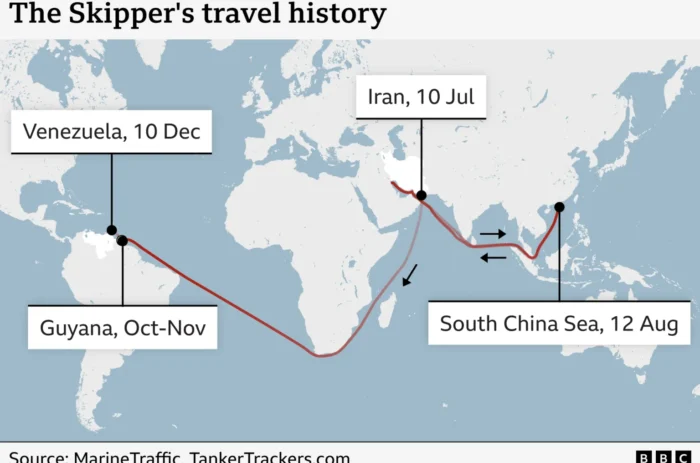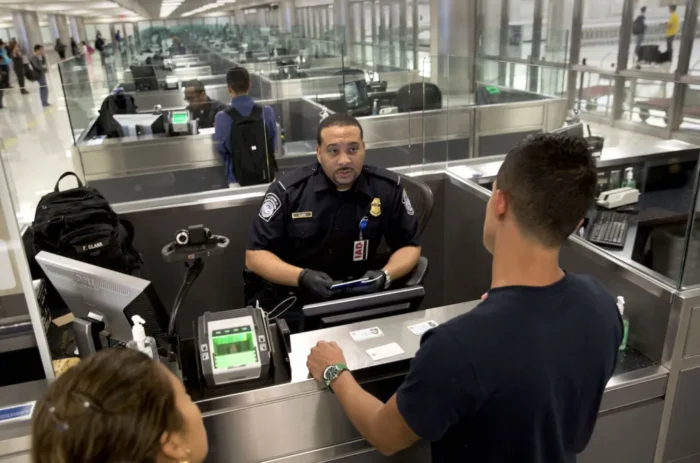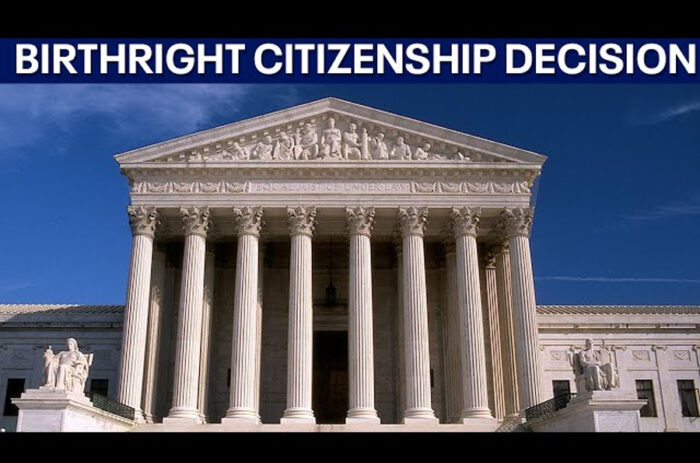redo Jump to...
print Print...
(by David R. Sands, WashingtonTimes.com) – The Democrat-dominated Senate Tuesday unanimously approved the first six members of President Obama’s Cabinet just hours after he was sworn in, but … a key Republican senator’s skepticism Tuesday about approving Hillary Rodham Clinton as secretary of state meant she had to wait at least another day to formally join Mr. Obama’s administration.
In a welcoming present for the new Democratic chief executive, Senate leaders agreed to waive votes and confirm unanimously six of Mr. Obama’s Cabinet choices: physicist Steven Chu as energy secretary; Arne Duncan as secretary of education; Arizona Gov. Janet Napolitano as head of the Department of Homeland Security; former Colorado Sen. Ken Salazar as interior secretary; retired Army Gen. Eric K. Shinseki as head of the Department of Veterans Affairs; former Iowa Gov. Tom Vilsack as agriculture secretary. It also approved Congressional Budget Office chief Peter R. Orszag to run the Office of Management and Budget.
………………………
Regarding Mrs. Clinton’s nomination, Sen. John Cornyn, Texas Republican, said the Senate needed more information about how former President Bill Clinton’s international foundation could affect his wife’s role as the country’s top diplomat.
Mr. Cornyn is one of several Republicans who have raised questions about the business and charitable dealings of Mr. Clinton and his foundation.
“Transparency transcends partisan politics, and the American people deserve to know more,” said Mr. Cornyn.
Mrs. Clinton was endorsed last week by the Senate Foreign Relations Committee in a 16-1 vote, and her ultimate confirmation is still considered highly likely. She released a five-page disclosure program to Mr. Obama upon accepting the nomination and has insisted her husband’s business and charitable links will not affect her job.
Senate Majority Leader Harry Reid, Nevada Democrat, and Senate Minority Leader Mitch McConnell, Kentucky Republican, agreed on Tuesday to a three-hour floor debate Wednesday followed by a vote on Mrs. Clinton’s nomination in the afternoon.
For a brief moment Tuesday, Defense Secretary Robert M. Gates, held over from the Bush administration, was the only official member of the new Democratic president’s Cabinet before the seven appointees were approved.
In one of his very first official acts as president, Mr. Obama signed the official nominating papers for his Cabinet selections inside the Capitol shortly after being sworn in, joking as he signed that he was left-handed and people should “get used to it.”
………………………….
Two other key Cabinet picks have not even had a Senate floor vote scheduled.
While Mr. Obama’s Cabinet picks are expected to secure relatively quick approval, there have also been some personnel hiccups that have marred the new president’s generally well-reviewed transition.
Mr. Obama has yet to name a replacement for New Mexico Gov. Bill Richardson as secretary of commerce. The governor, who also briefly vied for the Democratic presidential nomination against Mr. Obama, withdrew from consideration earlier this month to deal with a grand-jury investigation into corruption in his home state.
Timothy F. Geithner, the New York Federal Reserve Bank president tapped to be Treasury secretary, had his confirmation hearing before the Senate Finance Committee delayed last week after reports surfaced of irregularities in the nominee’s tax records over several years. The hearing will be held Wednesday, and Mr. Geithner is expected to eventually be confirmed, assuming no new embarrassing revelations come to light.
Former Sen. Tom Daschle, South Dakota Democrat, is also expected to be easily confirmed as secretary of health and human services. However, having appeared before the Senate Health, Education, Labor and Pensions Committee, Mr. Daschle still must go before the Senate Finance Committee before he will be officially confirmed.
The committee also meets Wednesday to approve the nomination of Rep. Hilda L. Solis, California Democrat, as labor secretary, although some committee Republicans have grumbled about the vagueness of Mrs. Solis’ answers during her hearing.
Despite the praise for Mr. Obama’s transition effort and the backing of a Democratic-dominated Senate, the confirmation process is not proving noticeably faster than past administrations.
According to a survey by Congressional Quarterly, President Reagan had 12 of his 14 Cabinet picks approved two days after he took office, and President Clinton had 13 of the 15 main posts within a day of his inauguration. President Bush saw seven of his nominees approved by the Senate the day he was sworn in and his entire Cabinet in place 11 days later.
• Sean Lengell contributed to this article.
Copyright 2009 News World Communications, Inc. Reprinted with permission of the Washington Times. For educational purposes only. This reprint does not constitute or imply any endorsement or sponsorship of any product, service, company or organization. Visit the website at www.washingtontimes.com.
Questions
1. Name President Obama’s cabinet nominees who were confirmed unanimously by the Senate yesterday.
2. Why wasn’t Sen. Clinton’s nomination as Secretary of State confirmed by the Senate yesterday?
3. What agreement was reached by Senate Majority leader Harry Reid and Senate Minority Leader Mitch McConnell regarding Mrs. Clinton’s nomination?
4. a) Who is the only member of President Bush’s cabinet held over by President Obama?
b) What is probably the reason for this hold-over?
5. a) Which two of President Obama’s cabinet nominees were withdrawn or delayed because of scandal?
b) It appears that Mr. Geithner knowingly did not pay some of his taxes. Do you think President Obama should continue to uphold his nomination as Treasury Secretary? Explain your answer.
6. Name the two nominees who are expected to be confirmed shortly.
7. CHALLENGE QUESTION: What is the role of each of the 15 individual executive departments/secretaries? (Find the answers by visiting the website of each department – links are provided under “Resources” below.)
Background
The President’s cabinet: (From bensguide.gpo.gov/9-12/government/national/cabinet.html.) The executive branch of the Government is responsible for enforcing the laws of the land. When George Washington was president, people recognized that one person could not carry out the duties of the President without advice and assistance. The Vice President, department heads (Cabinet members), and heads of independent agencies assist in this capacity. Unlike the powers of the President, their responsibilities are not defined in the Constitution but each has special powers and functions.
One of the principal purposes of the Cabinet (drawn from Article II, Section 2 of the Constitution) is to advise the President on any subject he may require relating to the duties of their respective offices. Department heads advise the President on policy issues and help execute those policies.
- The Cabinet includes the Vice President and the heads of 15 executive departments-the Secretaries of Agriculture, Commerce, Defense, Education, Energy, Health and Human Services, Homeland Security, Housing and Urban Development, Interior, Labor, State, Transportation, Treasury, and Veterans Affairs, and the Attorney General. Under President George W. Bush, Cabinet-level rank also has been accorded to the Administrator, Environmental Protection Agency; Director, Office of Management and Budget; the Director, National Drug Control Policy; and the U.S. Trade Representative. It is unknown if President Obama will do the same.
- The 15 Secretaries from the executive departments are appointed by the President, and they must be confirmed by a majority vote (51 votes) of the Senate. They cannot be a member of Congress or hold any other elected office.
- Cabinet appointments are for the duration of the administration, but the President may dismiss any member at any time, without approval of the Senate. In addition, they are expected to resign when a new President takes office.
Resources
To gain an understanding about what each member of the Cabinet does, visit the department websites below. (Note the year each department was established)
On each homepage, usually under “about us,” click on the link for the Secretary’s page:
- Secretary of State (1789) at state.gov.
- Secretary of the Treasury (1789) at ustreas.gov.
- Secretary of the Interior (1849) at doi.gov.
- Secretary of Agriculture (1862) at usda.gov.
- Attorney General (1870) at usdoj.gov.
- Secretary of Commerce (1903) at commerce.gov.
- Secretary of Labor (1913) at dol.gov.
- Secretary of Defense (1947) at defenselink.mil.
- Secretary of Health & Human Services (1953) at dhhs.gov.
- Secretary of Housing & Urban Development (1965) at hud.gov.
- Secretary of Transportation (1966) at dot.gov.
- Secretary of Energy (1977) at energy.gov.
- Secretary of Education(1979) at ed.gov.
- Secretary of Veterans Affairs (1988) at va.gov.
- Secretary of Homeland Security(2003) at dhs.gov.
Daily “Answers” emails are provided for Daily News Articles, Tuesday’s World Events and Friday’s News Quiz.



